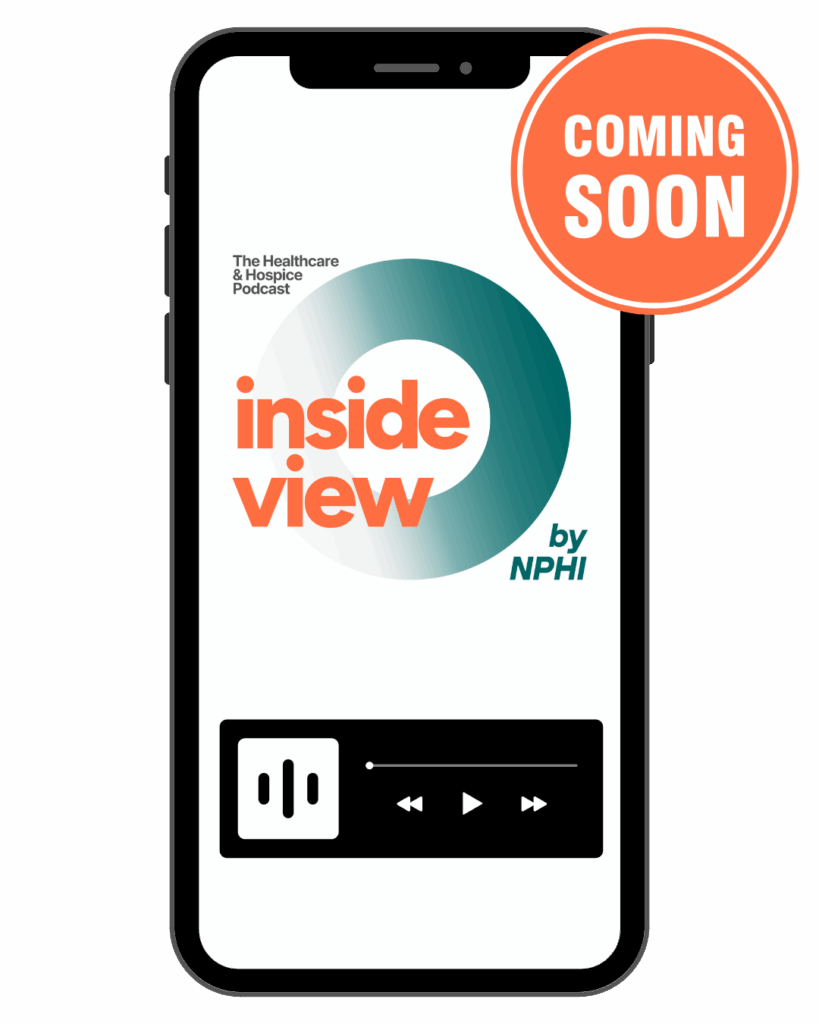The U.S. Centers for Medicare & Medicaid Services (CMS) has unveiled a set of voluntary five-year payment models under a program called Primary Care First.
Though today’s announcement focused on primary care, hospices and palliative care providers will be able to participate in the new models, according to the Coalition to Transform Advanced Care (C-TAC), which collaborated with CMS on the model’s design.
“[The Center for Medicare & Medicare Innovation] made it clear that this would be the case,” said Mollie Gurian, chief strategy officer for the National Partnership for Hospice Innovation.
The new model is designed to encourage health care organizations, including Medicare-certified providers who typically offer hospice or palliative care services, to provide a medical home for high-need, seriously ill beneficiaries who currently lack a primary care practitioner or access to coordinated care. CMS adapted the model from an existing program: Comprehensive Primary Care Plus (CPC+).
CMS pledged that the model would reduce administrative burdens to allow clinicians to spend more time with patients.
“The goal of this model is to provide coordination for patients upstream of the hospice benefit–patients with serious and advanced illness,” Gurian said. “Part of good serious illness care is planning and counseling about appropriate transitions including to hospice.”
Under the new model providers would receive higher payments upfront for treating a focused population of patients with serious illness. CMS has not released details on process or requirements for participating hospices, but indicated that these are details forthcoming.
Generally, the model will include a payment mechanism based on patient outcomes rather than process requirements. The agency indicated that underlying principles guiding the model include prioritizing the physician-patient relationship, reducing hospital utilization, enhancing care for seriously ill patients, reducing administrative burdens, and improving patient outcomes.
CMS indicated that it would also encourage other payers–including Medicare Advantage Plans, commercial health insurers, Medicaid managed care plans, and state Medicaid agencies–to align payment, quality measurement, and data sharing with CMS in support of Primary Care First practices.
While awaiting specifics on how hospices and palliative care providers can participate, stakeholders expressed hope that the model’s patient-centered approach would yield benefits for those providers and their patients.
“We believe that more involvement in serious illness and palliative care upstream of the hospice benefit should increase hospice utilization,” Gurian told Hospice News. “[NPHI] applauds CMMI for testing what this model of care looks like in the Medicare fee-for-service population.”










